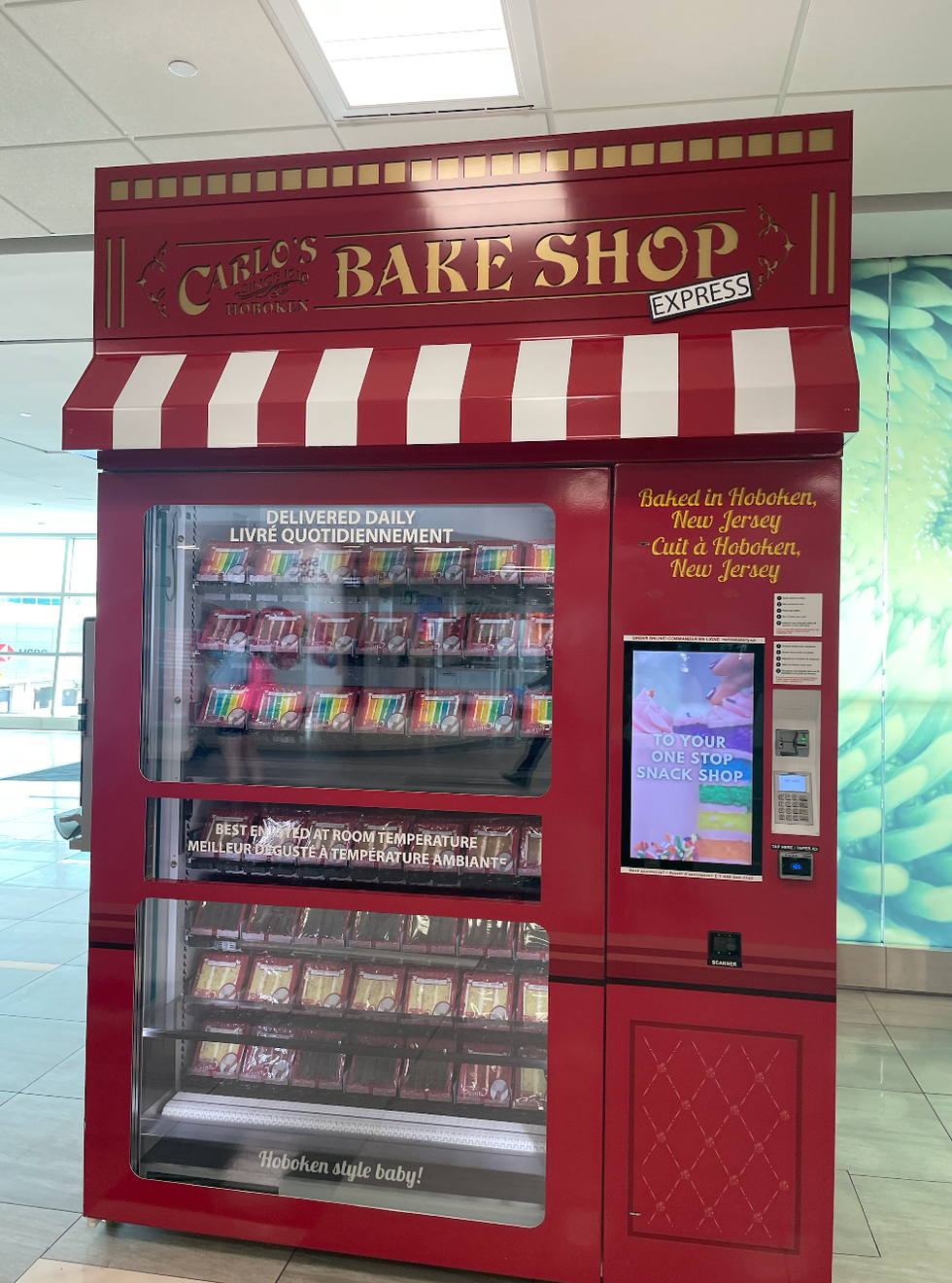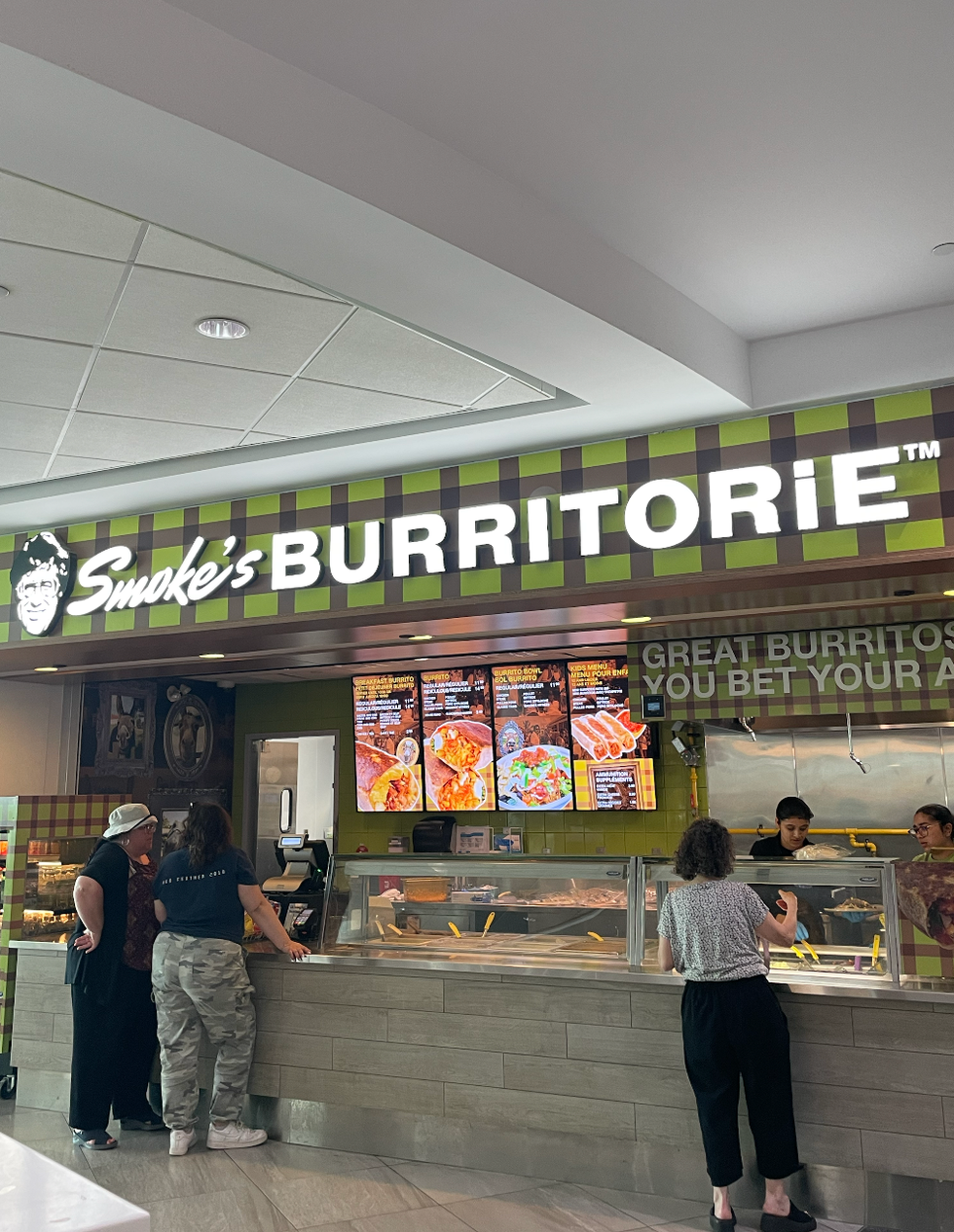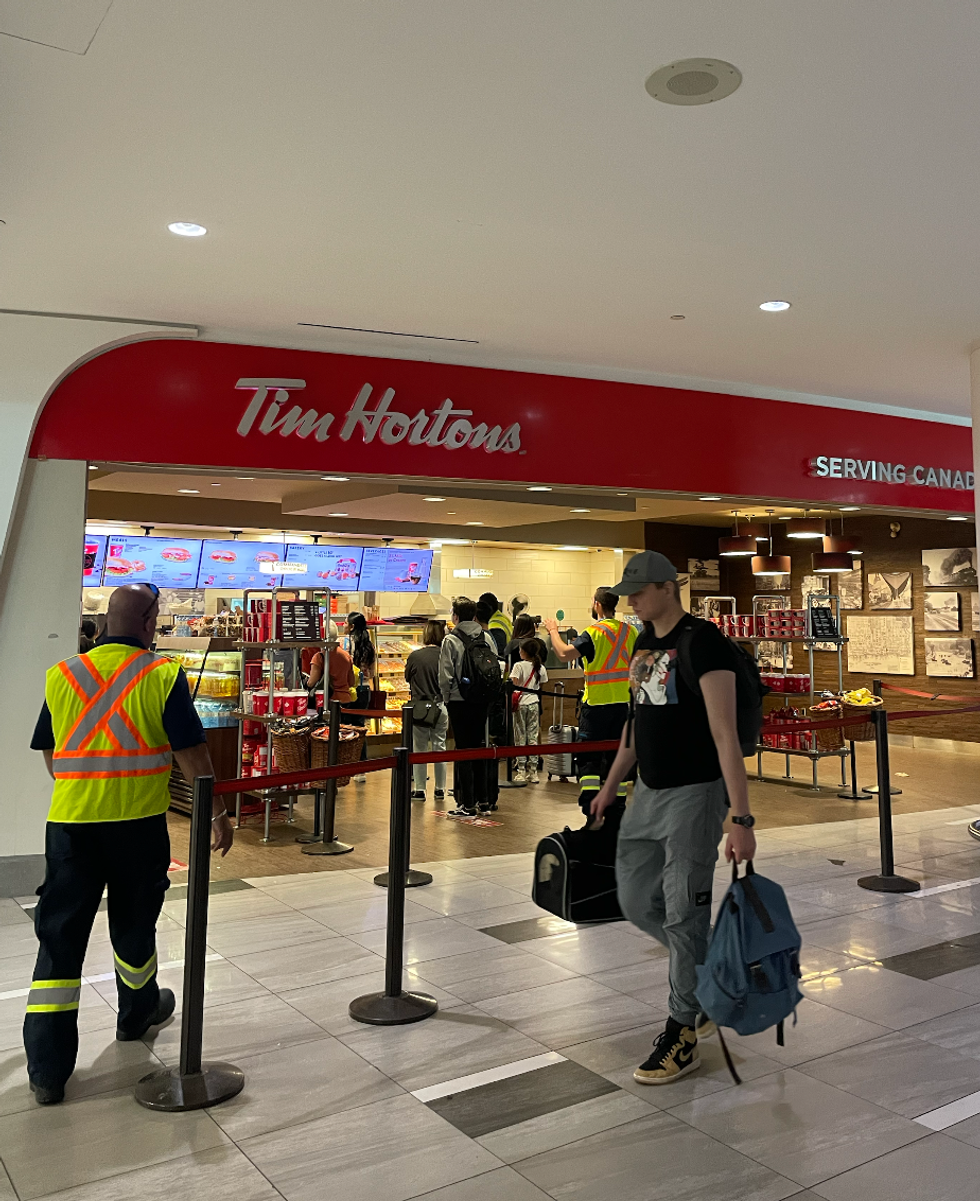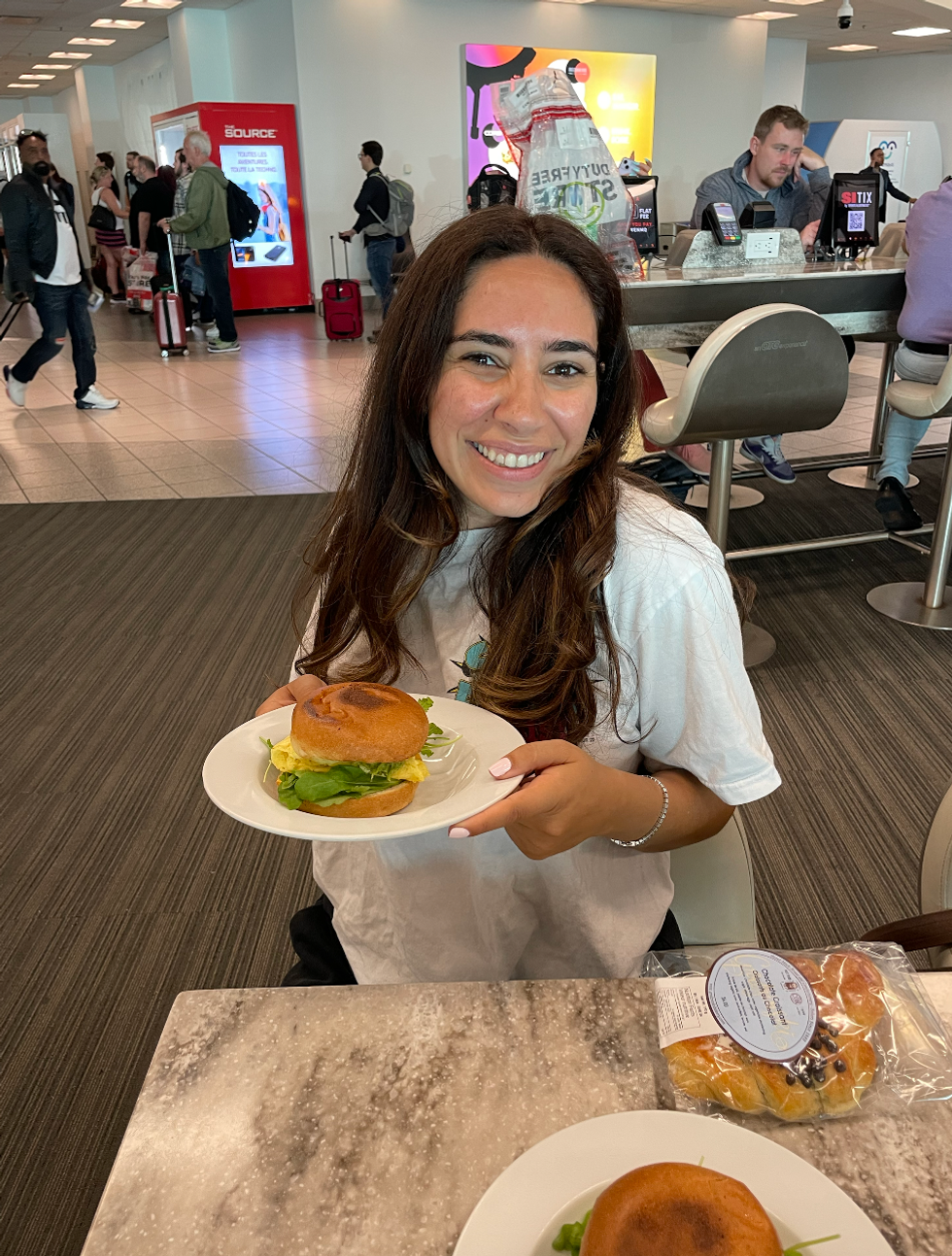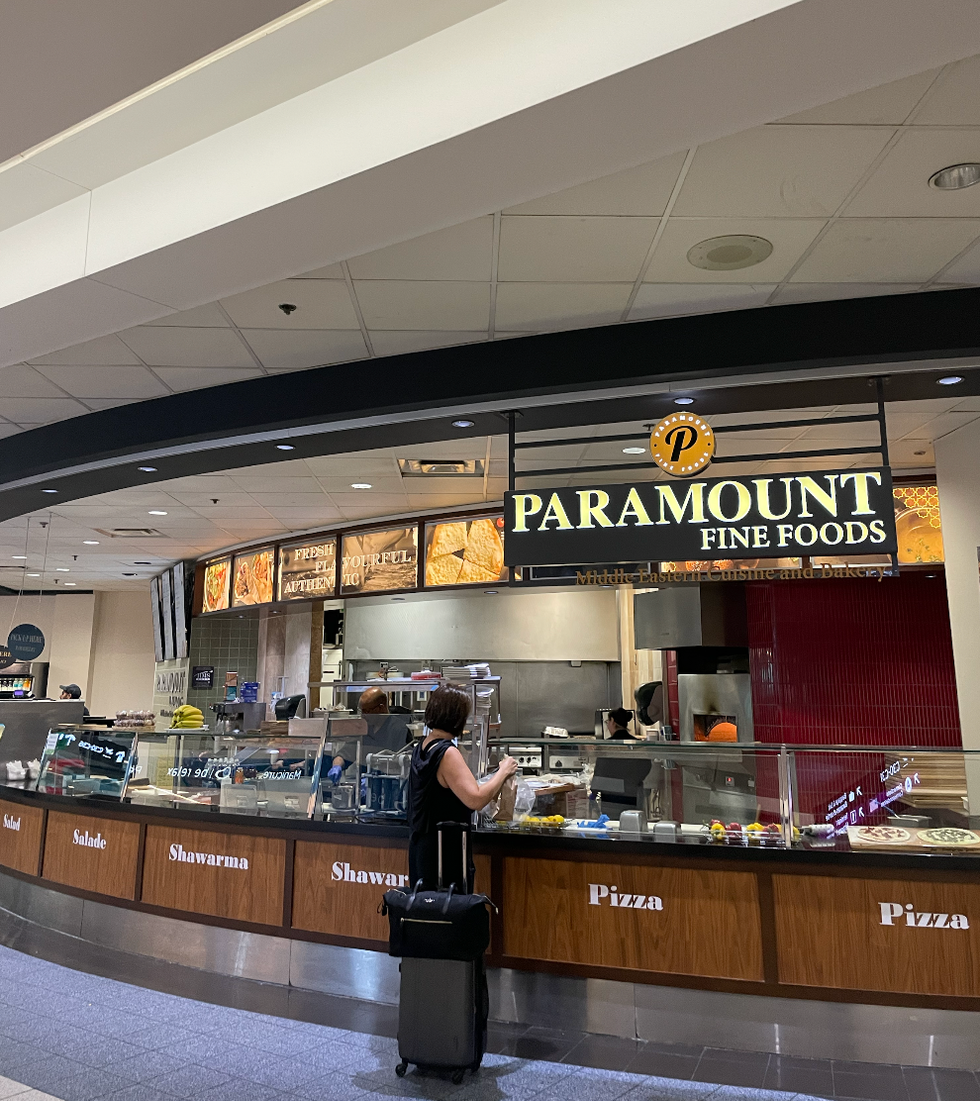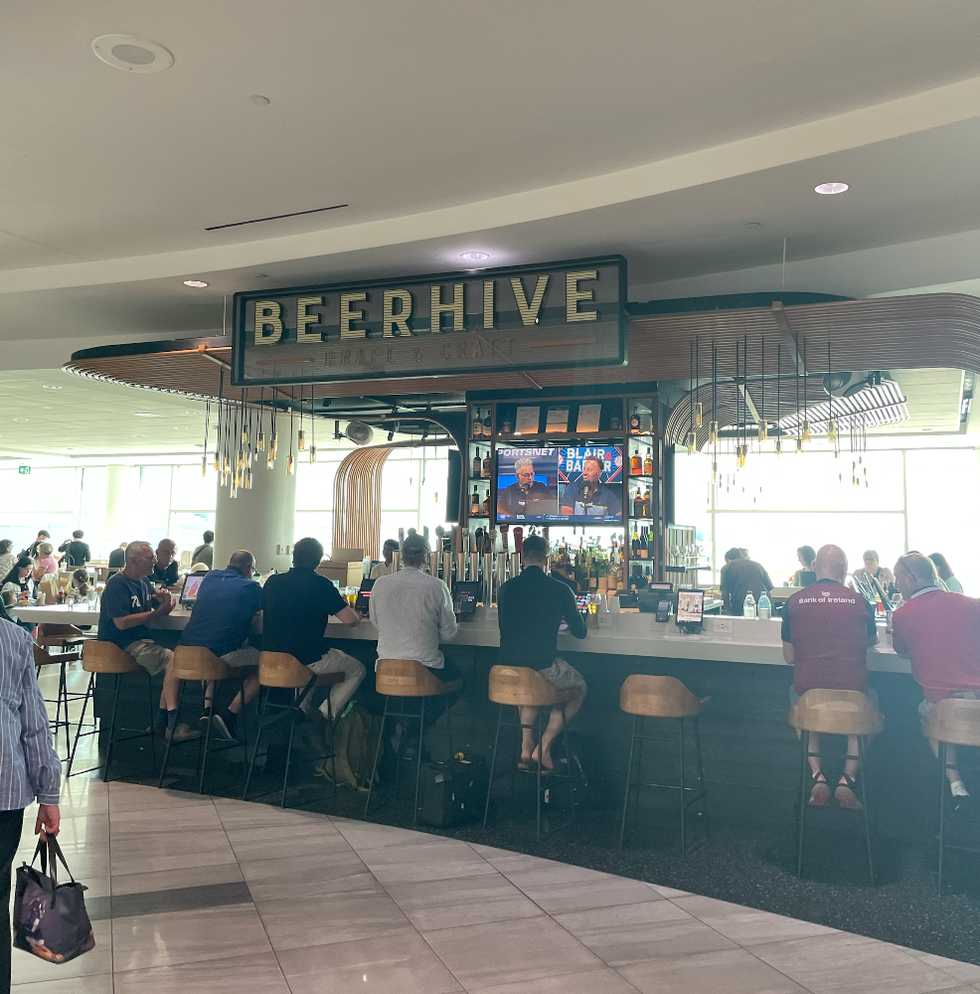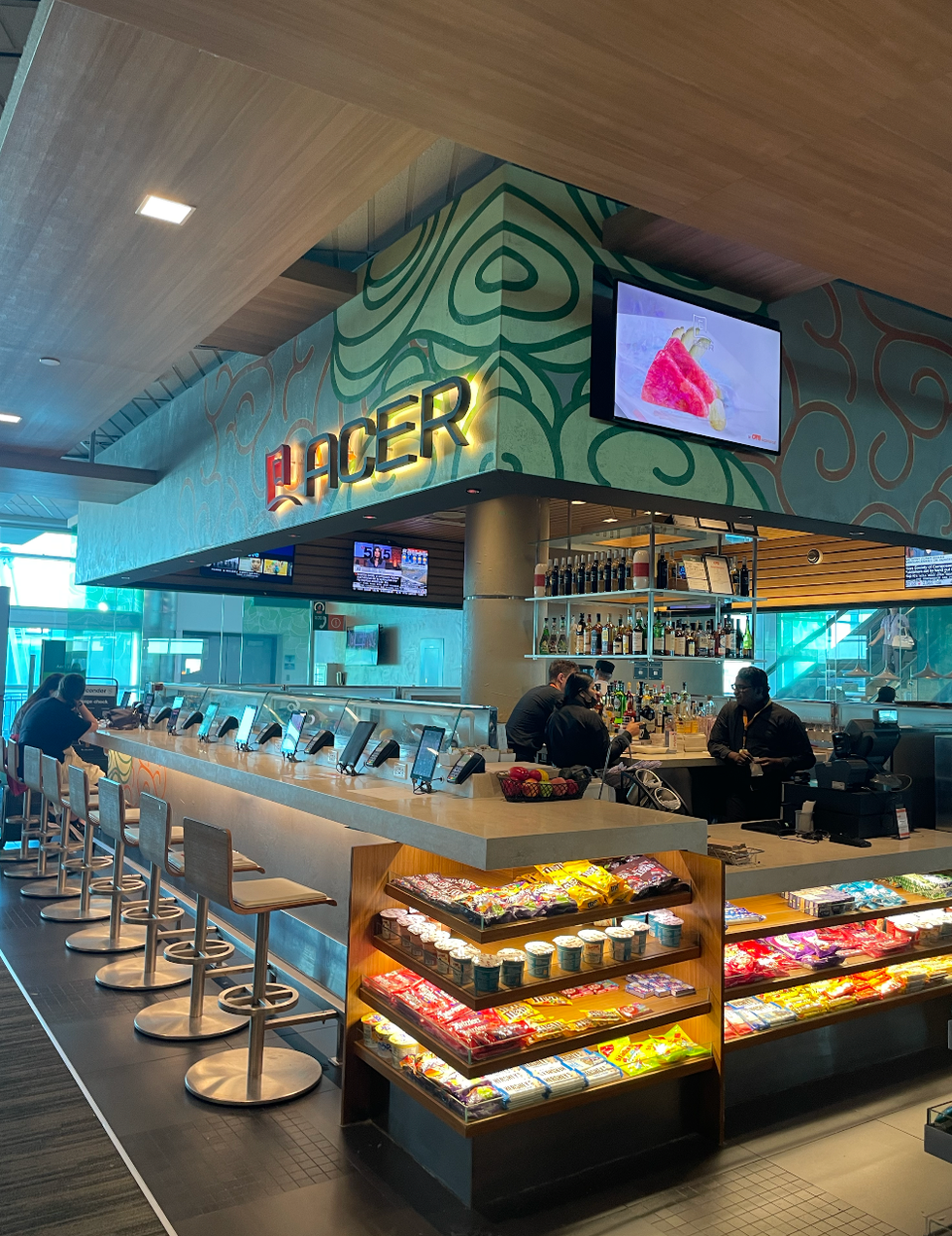From what to pack in your luggage to how long you can expect to wait at the airport, you'll want to take note of these tips before you head out.
Whether you'll be flying out of busy airports like Toronto Pearson Airport or YVR, or transiting through smaller airports in Canada, here are seven things to keep in mind this summer.
Going to the U.S.? Get through customs faster
If you're travelling to the U.S., you can take advantage of a faster way to get through customs.
Mobile Passport Control (MPC) is a new app from U.S. Customs and Border Protection that allows travellers to submit information right from their phones before moving through the border process.
This helps to speed up the departure experience for those travelling to the U.S. from Canada. It also doesn't cost the traveller anything and doesn't require pre-approval, according to U.S. Customs and Border Protection.
While you can only use MPC at certain locations, many of Canada's major airports offer it.
Mobile Passport Control is available at several airports in Canada, including YYZ, YVR, YYC, YEG, YUL, Halifax Stanfield International Airport, Ottawa International Airport, and Winnipeg James A Richardson International Airport.
Say bye to security lines
Most of Canada's major airports offer express lines, allowing travellers to streamline their security screening.
The express option allows you to book your security screening time, meaning you don't have to wait in line to go through security.
You can book your spot up to 72 hours before your flight. All you have to do is book through the airport you're travelling from.
You'll need to input some information about your trip, including the airline you're flying with, the destination, your flight number, the number of people in your group, and your email address.
Once you book an appointment time, you'll receive a QR code that you'll show to airport staff when you arrive at the security checkpoint at your scheduled time.
Express lines are available at Canada's busiest airports, including Vancouver International Airport, Toronto Pearson Airport, Edmonton International Airport, Calgary International Airport, and Montreal International Airport.
Heads up: other people are going on summer vacay too (like, a lot of other people)
Canada's major airports are expecting tons of traffic this summer, so you'll want to be prepared.
Vancouver International Airport, for instance, told Narcity it's expecting "its busiest summer since the start of the pandemic."
Likewise, Montreal International Airport says it's expecting summer passenger traffic to return to 2019 levels, when the airport saw 6 million travellers from June to August.
Calgary International Airport is expecting a similar scenario, with 5 million passengers expected to be transiting through YYC.
Travellers heading to the airport this summer can stay up to date on how busy the airport is before they arrive. For instance, Toronto Pearson Airport recommends that travellers take advantage of its live wait times dashboard and peak travel times dashboard to get information on how busy the airport will be during their trip.
YUL also offers an estimate on live wait times at the airport on its website.
For other airports, travellers can head to the CATSA website for information on wait times.
You can book a lot in advance
To make sure you get what you want at the airport, it's recommended that you book in advance.
Things like parking and your spot in security can be booked before you head to the airport. Several airlines also allow you to check in for your flight using your mobile device.
In addition to these, you can also book select airport lounges before you head to the airport. For example, you can book one of the Plaza Premium lounges at Toronto Pearson Airport on YYZ's website.
Likewise, those flying out of Calgary International Airport can book a spot at the Aspire Lounge online.
If you're heading to a different airport, you can also book through the Plaza Premium website.
It's not the time to cut it close to your flight
You've heard it before, but with the peak summer season coming up, it'll be important to arrive early for your flight and give yourself enough time to navigate check-in, the baggage process, and security screening.
Canada's major airports have different recommendations for how early travellers should arrive. For instance, Calgary International Airport says that travellers should arrive at least two hours before a domestic flight and three hours before an international flight.
Montreal International Airport, however, recommends that travellers arrive three hours before their departure, regardless of their destination.
Vancouver International Airport also recommends building in extra travel time in case of inclement weather, traffic, or other unexpected delays.
Know what (and what not) to pack
To avoid unnecessary delays and issues at the airport, be sure to pack your luggage according to the Canadian Air Transport Security Authority's guidelines.
CATSA has a complete list of what not to pack in your carry-on luggage and what you can bring onboard, as well as items you should leave at home altogether.
Some prohibited items may come as a surprise — for instance, while weapons are obviously a no-go in your carry-on, even items that look like weapons (such as a perfume bottle shaped like a grenade) aren't OK.
You'll also want to be aware of what exactly you're allowed to bring as luggage. While Transport Canada allows a maximum of two carry-on bags per person, each individual airline will have its own rules for size limits and pricing, as well as checked baggage requirements.
Track your flight status like it's your Sephora package
Airports are recommending that travellers plan in advance by checking for the most up-to-date information about their flights.
This can be done by checking with the airline directly before you head to the airport.
For example, you can check the status of your Air Canada flight online by inputting your flight number and day of travel.
Information on flight times and delays can also be found on the website of the airport you're departing from.
Before you get going, check out our Responsible Travel Guide so you can be informed, be safe, be smart, and most of all, be respectful on your adventure.
